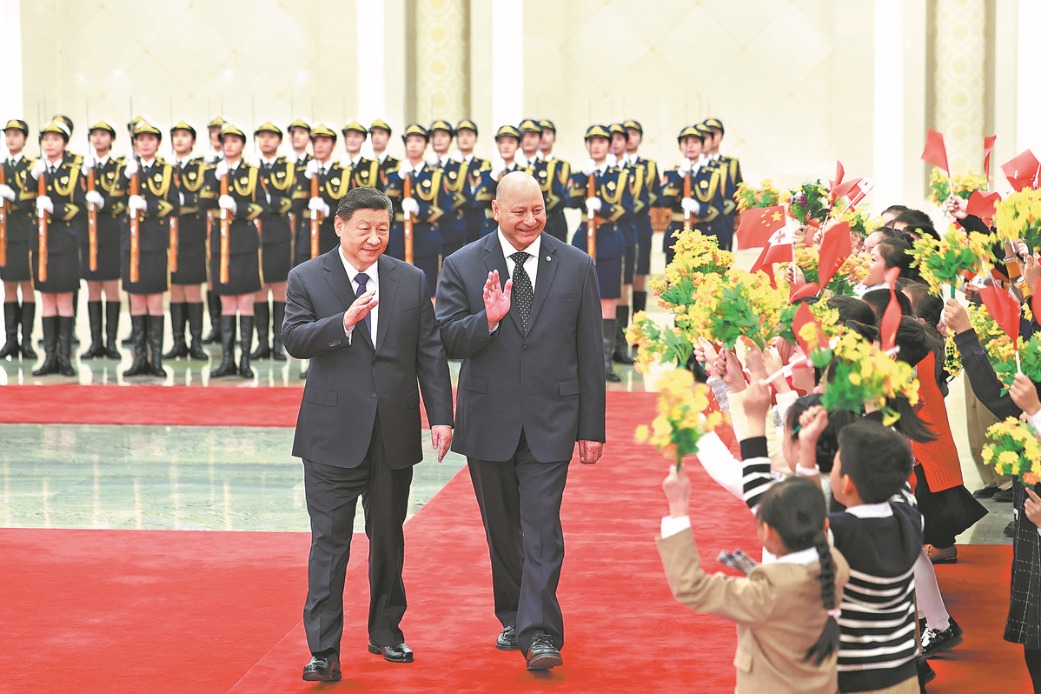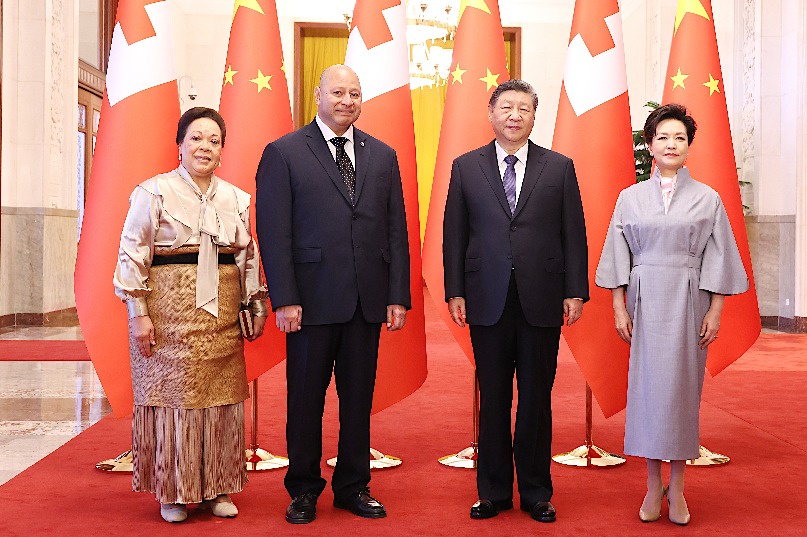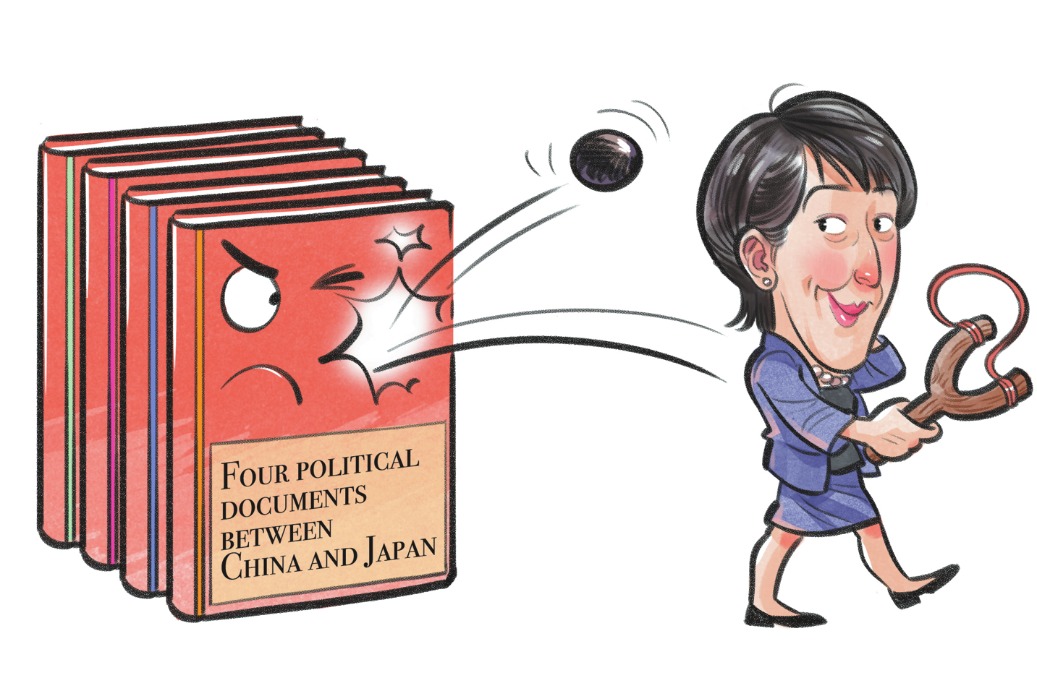Service sector opening-up entails institutional adjustment


Editor's note: China plans to advance high-standard opening-up during the 15th Five-Year Plan (2026-30) period. China Economic Times spoke to Luo Yuze, deputy director of the Department of Foreign Economic Relations at the Development Research Center of the State Council on the specific measures and policy orientations required to achieve this. Below are excerpts from the interview. The views don't necessarily represent those of China Daily.
The central authorities' repeated emphasis on expanding institutional opening-up underscores that this is key to the new stage of reform in China. It is a long-term commitment that must be advanced in a steady and sustained manner.
The call to expand institutional opening-up reflects that China will build on previous efforts while incorporating fresh requirements. How this will be implemented, however, must be determined by China's needs for high-quality development and the evolving international environment.
Globalization is currently facing headwinds. Certain developed economies that were once architects of the post-World War II international order are now undermining the very system they helped create.
Meanwhile, China, as a major developing country, is moving closer to the center of the world stage. At the same time, a new round of technological and industrial transformation has heightened the urgency of developing new rules.
Under these circumstances, China should leverage its growing influence to promote reform of the global governance system and help shape the rules in some areas. The next phase of institutional opening-up will therefore feature two-way dynamics that align domestic rules with international norms to spur reform at home and export China's own advanced standards to contribute to global governance.
China is already at the forefront of digitization and the green and intelligent transformation. It can play a more active role in rule-making in these fields while ensuring that domestic reform remains compatible with widely accepted international rules.
High-standard international trade and economic rules serve as important benchmarks for opening-up in China. Aligning with them reflects China's commitment to drawing on global best practices and using opening-up to drive reform and development. The following measures will be useful in this direction.
First, studying the successful experiences of countries with similar conditions and adapting them to China's context. Second, making full use of free trade zones and free trade ports as platforms for reform and innovation and strengthening their stress-testing functions to pave the way for nationwide implementation. Third, advancing reform through external commitments and self-imposed pressure.
More importantly, signaling a firm commitment to opening-up and accelerating the release of reform dividends.
The service sector is a major focus of China's current and future opening-up. Services account for less than 60 percent of China's GDP, while the average in advanced economies is more than 70 percent. So there is substantial room for expansion. Recent years have seen more openness and strong results, with services becoming a leading area for foreign investment.
China attaches great significance to the real economy, especially advanced manufacturing. As China's manufacturing upgrades toward higher-end segments, modern services will become indispensable. To enhance its competitiveness, China must develop a more efficient and high-quality service sector and draw more effectively on global high-end resources, including talent and specialized services.
The country should continue to open up sectors such as finance, insurance, consulting, telecommunications, healthcare, education and elderly care in an orderly manner, including easing market access and facilitating the cross-border trade in services. Openness in services often involves movement of personnel, capital flows and intellectual property protection so it needs an integrated approach and closer coordination between market access and institutional reform.


































